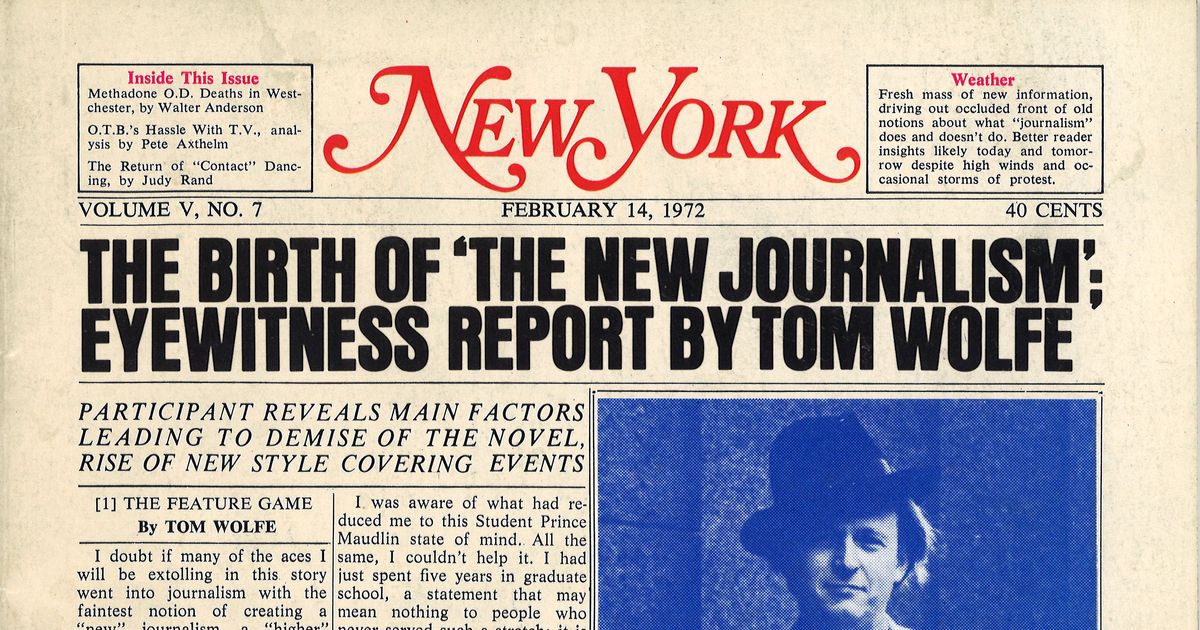News Articles Fundamentals Explained
Things about News Articles
Table of ContentsAn Unbiased View of News ArticlesAn Unbiased View of News ArticlesThe Facts About News Articles RevealedSome Known Details About News Articles Some Ideas on News Articles You Need To Know
Excellent understanding of various subjects gives pupils an affordable edge over their peers. Despite the fact that digital and social media are readily available, we ought to not fail to remember exactly how essential it is to read the papers. Moms and dads should try and instill the routine of reviewing a paper as a daily routine to proceed the legacy of the adored print tool.News tales also contain at the very least one of the following essential characteristics relative to the intended target market: closeness, prestige, timeliness, human passion, peculiarity, or repercussion. The related term journalese is in some cases used, usually pejoratively, to describe news-style writing. One more is headlinese. Newspapers typically abide by an expository writing style.
Within these limitations, news tales also intend to be thorough. Among the bigger and extra reputable papers, fairness and equilibrium is a major factor in offering information.
Newspapers with an international target market, for example, have a tendency to utilize a more official style of writing. News Articles.; typical design guides include the and the US Information Design Book.
The 30-Second Trick For News Articles
As a rule, journalists will not use a lengthy word when a short one will certainly do. They utilize subject-verb-object building and dazzling, energetic prose (see Grammar). They provide anecdotes, instances and allegories, and they rarely depend upon generalizations or abstract concepts. Information authors try to prevent making use of the same word much more than as soon as in a paragraph (in some cases called an "resemble" or "word mirror").
Nevertheless, headings sometimes omit the topic (e.g., "Jumps From Boat, Catches in Wheel") or verb (e.g., "Cat female lucky"). A subhead (likewise subhed, sub-headline, subheading, subtitle, deck or dek) can be either a subordinate title under the main heading, or the heading of a subsection of the post. It is a heading that precedes the main text, or a group of paragraphs of the primary text.

Extra billboards of any of these kinds may appear later on in the article (specifically on succeeding pages) to tempt additional analysis. Such billboards are also made use of as tips to the article in various other sections of the magazine or site, or as ads for the piece in various other publication or websites. Common framework with title, lead paragraph (recap in strong), other paragraphs (details) and contact info.

Example of a hard-lead paragraph NASA is recommending an additional space project. The spending plan demands roughly $10 billion for the project.
The NASA announcement came as the firm asked for $10 billion of appropriations for the project. An "off-lead" is the 2nd most vital front web page news of the day. The off-lead shows up either in the top left corner, or straight listed below the lead on the. To "hide the lead" is to begin the article with history info or details of second significance to the readers, compeling them to check out even more deeply right into a short article than they should need to in order to discover the crucial points.
News Articles Fundamentals Explained
Usual use is that one or more sentences each create their own paragraph. Reporters usually define the organization or structure of an information tale as an inverted pyramid. The crucial and most interesting aspects of a story are placed at the start, with sustaining details adhering to in order of decreasing value.
It permits individuals to discover a subject to just the deepness that their inquisitiveness takes them, and without the imposition of details or nuances that they could useful link take into consideration irrelevant, but still making that information available to much more interested readers. The inverted pyramid structure also enables short articles to be trimmed to any arbitrary length throughout format, to suit the room readily available.
Some authors begin their stories with the "1-2-3 lead", yet there are numerous kinds of lead available. This layout usually begins with a "5 Ws" opening paragraph (as described above), adhered to by an indirect quote that offers to sustain a major element of the initial paragraph, and after that a straight quote to support the indirect quote. [] A kicker can describe numerous things: The last story additional resources in the information program; a "delighted" story to end the program.
Longer posts, such as magazine cover short articles and the items that lead the inside sections of a paper, are recognized as. Function stories differ from straight information in several means.
The Only Guide to News Articles
The journalist typically information interactions with interview topics, making the item a lot more individual. A feature's initial paragraphs commonly connect an appealing minute or occasion, as in an "anecdotal lead". From the particulars of a person or episode, its view promptly widens to generalities regarding the tale's topic. The area that signifies what a feature is about is called the or billboard.

The Editor's Tool kit: A Reference Overview for Beginners and Professionals (2001) Allan M. Siegal and William G. Connolly. The New York Times Guidebook of Style and Use: The Official Design Guide Made Use Of by the Writers and Editors of the World's Most Reliable Newspaper (2002) M. L. Stein, Susan Paterno, and R.